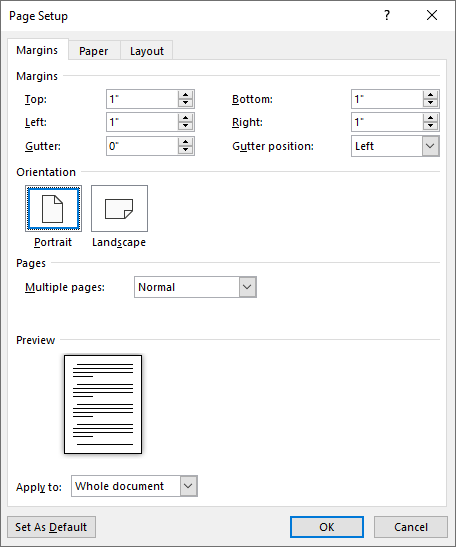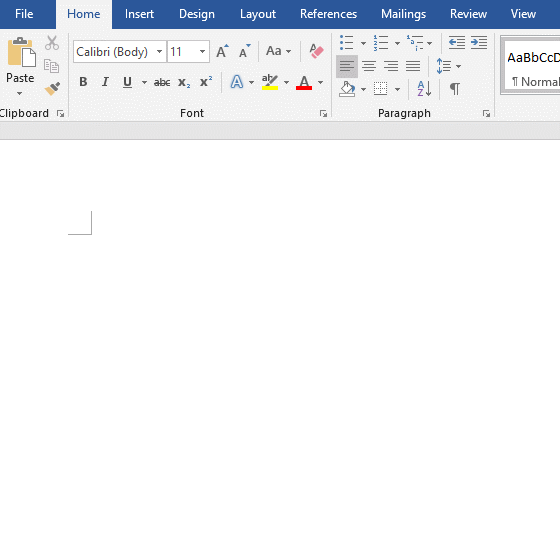


The difference is that the book fold layout is designed so you can fold the paper down the middle to create a booklet with facing pages. ▸ Book fold is similar to the option above and prints two pages on one side of the paper. Usually you cut these pages after printing to create separate pages.

:max_bytes(150000):strip_icc()/how-to-change-margins-in-word-2-5b6069edc9e77c002c3c9210.jpg)
If you’ve defined headers and footers, they’ll show up on both pages. ▸ 2 pages per sheet prints two pages on a single side of the paper. Documents with facing pages may also have a gutter, which is a part of the page that is hidden when the document is bound. Inside margins are in between the two facing pages. Outside margins are the left margin on the left page and the right margin on the right page. This setting makes outside and inside margins identical. ▸ Mirror margins are great for documents with facing pages, like bound reports or newsletters. ▸ Normal is the setting you use for most single-sided documents. You’ll learn more about all of these settings later in this chapter. On the Margins and Layout tabs, you can control your document’s margins, orientation, headers, and footers. These other settings, such as the Paper Source settings (which let you tell your printer which tray to take the paper from), are typical of the fine-tuning controls you find in dialog boxes. Here, you can customize the page size-by entering numbers in the Width and Height text boxes-and tweak other paper-related settings. The Page Setup dialog box opens to the Paper tab ( Figure 4-2). But what if you’re not using one of the standard paper sizes on the Size menu? In that case, click More Paper Sizes (at the bottom of the Size menu). The Page Layout → Page Setup → Size menu, shown in Figure 4-1, lets you choose a standard paper size with one click. Menu options usually focus on one or two settings, while dialog boxes are much more complex affairs, letting you change several settings at once. In general, the ribbon’s drop-down menus give you access to quick, predesigned solutions, while dialog boxes give you greater control over more details. (Optional) Reselect the Show/Hide button to hide your formatting (see figure 2).Word gives you two ways to set options: through ribbon menus and dialog boxes.Example of text with increased word spacing The spacing between words should now be changed in your selected text. Dialog box stating number of replacements Select No if you only want the replacements in the text you selected in step 3.įigure 14.Select Yes if you want to expand the replacements to your whole document.A dialog box will report the number of replacements.Alternatively, you can type a specific size into the text box at the top of the menu. Select a larger or smaller font size in the Size menu in the Replace Font dialog box.(Disregard this step if your dialog box is already expanded.) Select the More button to expand the dialog box.Place your cursor in the Replace with text box and then press your spacebar once to create one space.Place your cursor in the Find what text box and then press your spacebar once to create one space.Select the Replace button in the Editing group to open the Find and Replace dialog box.The default space between words is based on your current font size. Take note of your current font size in the Font Size menu.
#CHANGING MARGINS IN WORD 2007 PRO#
( Pro Tip: Press Ctrl + A to select the entire document.) Select the part of the text you want to change.(Optional) Select the Show/Hide button in the Paragraph group to reveal your document’s formatting.


 0 kommentar(er)
0 kommentar(er)
